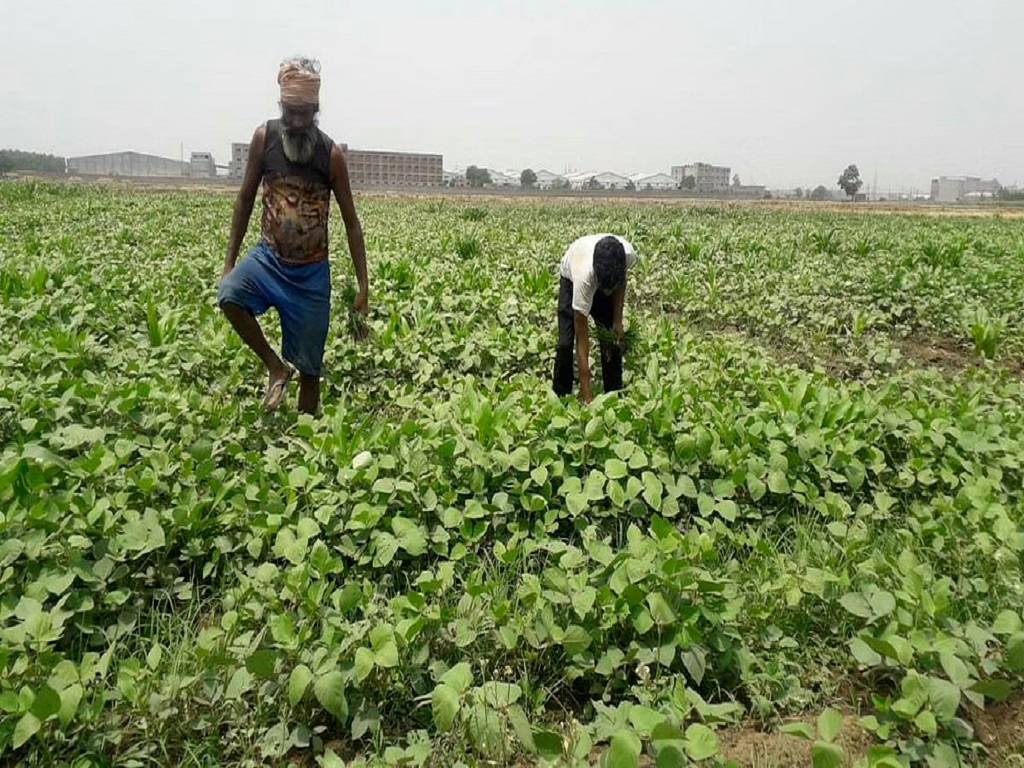
Last month, the Punjab government began purchasing summer moong (green gram) at the minimum support price (MSP) of Rs 7,275 per quintal. The purchase will continue till July 31, despite claims that many farmers are selling their harvest for less than the MSP.
Policy tools and procurement procedures should be carefully devised to alleviate limitations on moong production and commercialization in order to achieve economies of scale. The approach should be driven by a rigorous evaluation of numerous choices, as the economically restricted state government has limited spending flexibility.
Summer moong was planted on around 40,000 hectares (ha) in 2022, according to Department of Agriculture projections. The anticipated output is 40,000 metric tonnes (MT). Approximately 25% will be used for domestic consumption or sold within communities. The marketable excess is expected to be roughly 30,000 MT.
Some farmers are having problems selling their harvests, as is normal with any new enterprise. In order to achieve long-term success, the state government should not lower quality standards. The acquisition of moong cannot be considered as an extension of the state government's purchases of rice and wheat.
In the absence of a cash credit ceiling set by the Government of India (GoI), the state government will be needed to arrange nearly Rs. 260 crores, of which Markfed will recuperate approximately Rs. 200 crores through open market sales.
Two significant constraints, marketing risk, and production risk should be minimized in order to sustainably expand the area under moong and other pulses. The biggest impediment to moong growing was a harvest-time price below MSP. Bathinda, Mansa, Moga, Muktsar, and Ludhiana districts account for 73% of the entire area.
The remaining territory, which is sparsely dispersed across numerous districts, may face procurement difficulties. Some of the cooperative societies that have been notified will get limited supplies, resulting in significant transaction expenses.
Despite the country's pulse deficit, prices in Punjab's mandis remain low due to low output and dispersion of marketing. Before sowing, it will be smart to send a notification in February 2023, mapping the moong region to 5-7 mandis/procurement centers.
Only five certified warehouses with a total storage capacity of 4.4 lakh MT exist in Punjab. Farmers do not utilize them; rather, dealers and importers do. Farmers in agriculturally diverse areas such as Maharashtra, Rajasthan, and MP may access a vast number of certified warehouses.
The WDRA should accredit the Punjab State Warehousing Corporation's facilities near the mandis selected for moong purchase. The operationalization of NWRs in Maharashtra increased price realization by 8-20%.
Another alternative is to implement DPPS, in which the government pays the difference between MSP and the actual price obtained by the farmer. Alternatives such as e-NWRs should be operationalized concurrently to prevent traders from using DPPS. The necessity of farad as documentary proof protects against DPPS exploitation.











